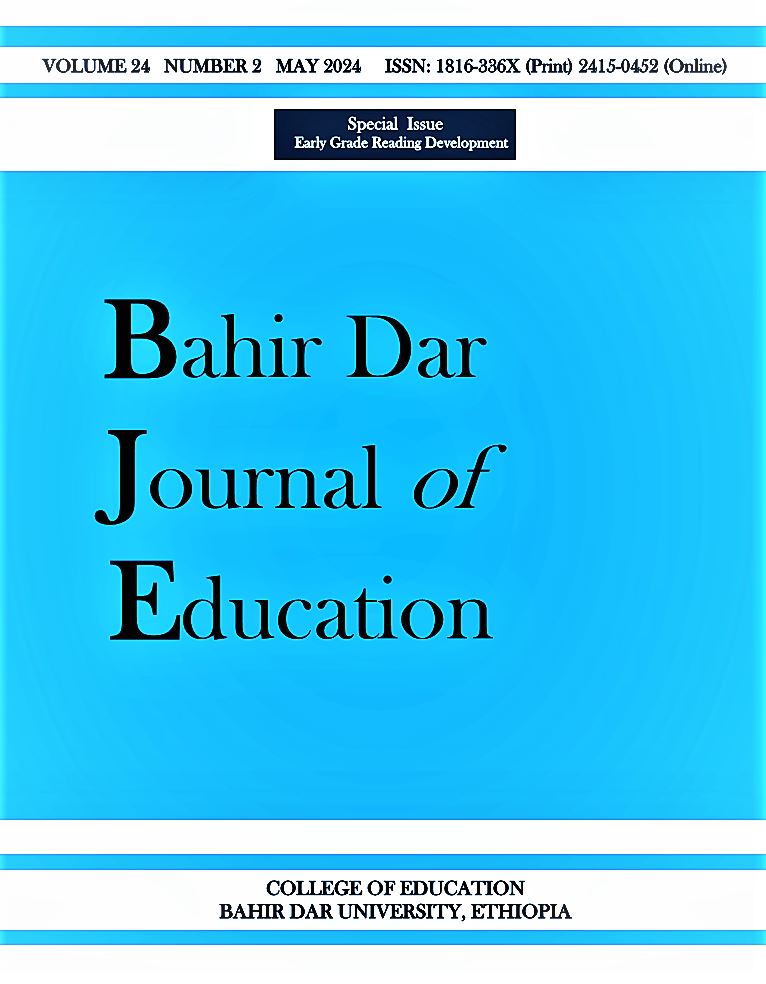The influence of orthographic depth on early grade students’ reading of words and non-words in Sidaama and English
Abstract
The purpose of this study was to analyse word and non-word reading
among early grade students of Sidaama and English, with a specific
emphasis on the difference in orthographic depth between the two
languages. The research has a convergent mixed methods design
applying reading skills tests, interviews with teachers and classroom
observations. The results of quantitative and qualitative analysis
showed that student scores in Sidaama, which has a transparent
orthography, indicated greater accuracy in both word and non-word
reading compared to English with its deep orthography. Overall,
students read words more correctly than non-words in both
languages. Especially in English, the scores for non-words were very
low. The results from the reading tests suggest that orthographic
differences between the two languages caused challenges for the
students when decoding words and non-words. The teachers
confirmed the influence of these challenges in interviews, and
students were observed struggling to read in class.

Authors who publish with this journal agree to the following terms:
- Authors retain copyright and grant the journal right of first publication with the work simultaneously licensed under a Creative Commons Attribution License that allows others to share the work with an acknowledgement of the work's authorship and initial publication in this journal.
- Authors are able to enter into separate, additional contractual arrangements for the non-exclusive distribution of the journal's published version of the work (e.g., post it to an institutional repository or publish it in a book), with an acknowledgement of its initial publication in this journal.
- Authors are permitted and encouraged to post their work online (e.g., in institutional repositories or on their website) prior to and during the submission process, as it can lead to productive exchanges, as well as earlier and greater citation of published work (See The Effect of Open Access).
